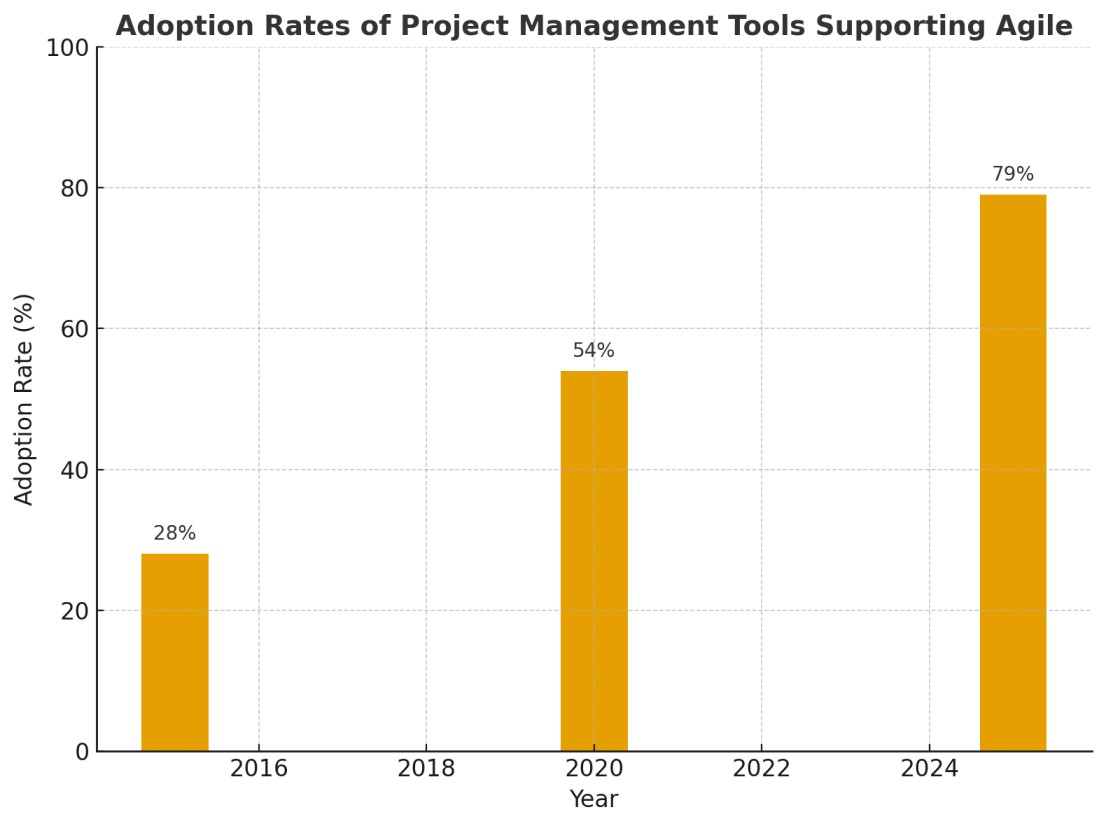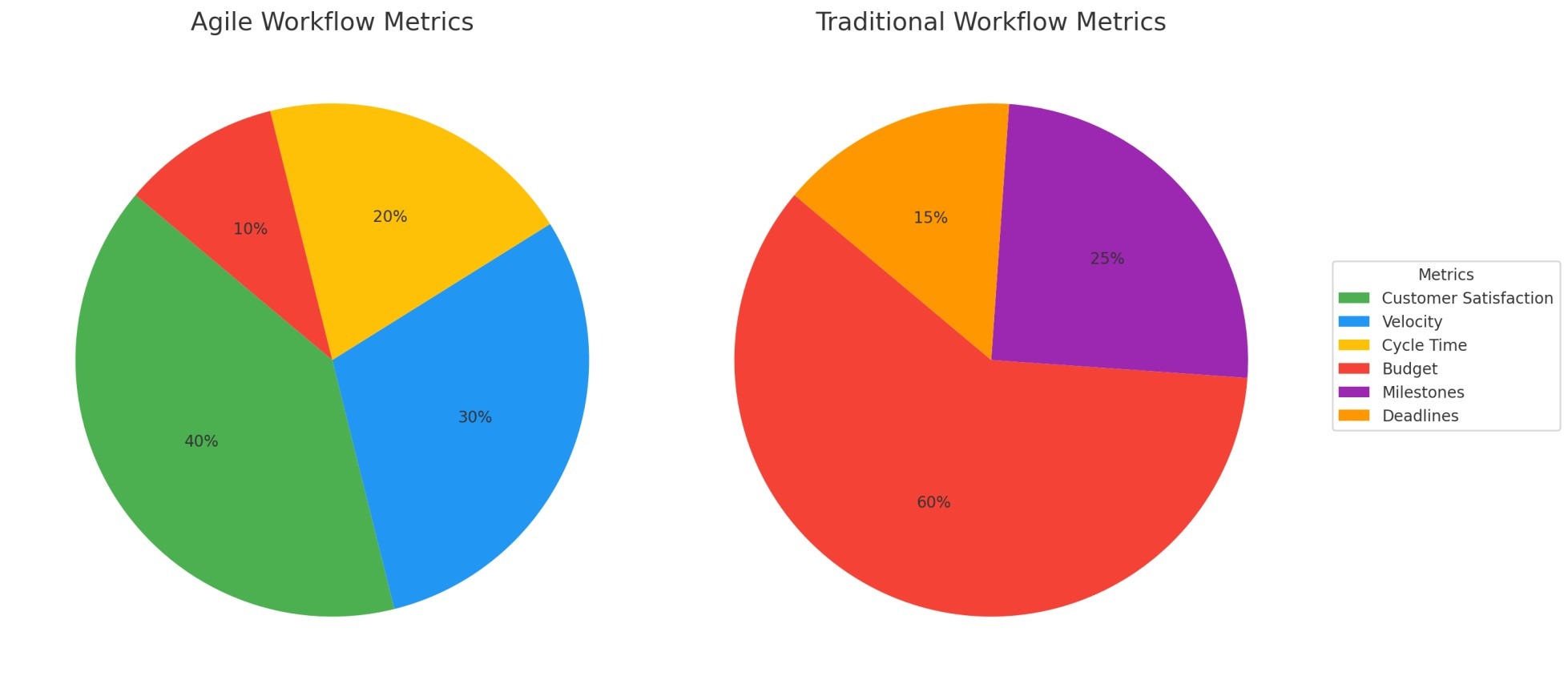Project management has never been static. Each decade has introduced fresh frameworks, new technologies, and updated philosophies. Yet as organizations navigate global markets, hybrid teams, and fast-changing customer expectations, one principle rises above all others: agile workflow. Far more than a buzzword, it represents a cultural and operational transformation shaping the future of how businesses deliver value.
Why Agile Workflow Defines the Next Era of Project Management
The essence of agile workflow lies in flexibility. Traditional approaches often followed rigid structures where project phases were sequential, deadlines immovable, and adaptability minimal. By contrast, agile methods view workflow as dynamic. Iterations, sprints, and feedback loops ensure projects evolve in line with reality instead of clinging to initial assumptions.
This adaptability isn’t just convenient—it’s essential. Markets move at unprecedented speeds, customer preferences shift overnight, and digital tools evolve monthly. Organizations that fail to adjust find themselves outpaced by competitors who embrace agile methods.
Beyond Methodology: A Mindset Shift
While some see agile workflow as a project management methodology, it is more accurate to call it a mindset. It emphasizes transparency, collaboration, and continuous improvement. Instead of asking, “What’s the plan?” teams ask, “What’s the next best step?”
This shift empowers individuals across functions. Developers work directly with marketers, designers collaborate with analysts, and decision-making becomes distributed. As silos break down, projects gain momentum. Agile, therefore, is not just about speed but about creating an environment where teams thrive.
The Technological Acceleration
Technology and agile workflow are inseparable. Modern project management platforms now embed agile principles directly into their design. Dashboards display sprint progress, cloud-based tools allow asynchronous collaboration, and AI-driven analytics help forecast bottlenecks.

This trajectory highlights not just popularity but inevitability. As organizations seek efficiency, they turn to tools that facilitate real-time collaboration and iterative delivery.
Agile Workflow in Remote and Hybrid Teams
The COVID-19 pandemic accelerated remote work, forcing companies to rethink collaboration. Agile principles became a lifeline. A agile workflow keeps distributed teams aligned through daily stand-ups, sprint reviews, and digital Kanban boards.
Hybrid setups add another layer of complexity, but agile adapts seamlessly. Team members can contribute regardless of geography, with task boards and sprint metrics accessible from anywhere. This ensures accountability without micromanagement.

Together, they operate within one agile cycle, proving that physical presence is less important than structured communication.
Benefits Driving Widespread Adoption
The attraction to agile workflow lies in tangible results. Organizations adopting it frequently report:
- Improved productivity through iterative focus.
- Faster delivery of usable project increments.
- Higher morale as teams gain ownership.
- Greater alignment with customer needs.
These benefits extend across industries. What began in software development now fuels healthcare innovation, manufacturing optimization, and even government policy initiatives. Agile has proven versatile enough to transcend sectors.
The Human Element: Leadership and Culture
Even with the best tools, agile workflow fails without supportive leadership. Managers must replace command-and-control styles with servant leadership. Their role becomes enabling rather than directing, guiding teams toward autonomy and resilience.
Culture matters equally. Transparency and trust fuel agile environments. Mistakes are reframed as experiments, feedback is normalized, and success is measured by learning as much as output.
Challenges Along the Way
Of course, the future is not without friction. Organizations struggle when adopting agile workflow superficially—checking boxes without embracing the deeper mindset. Common challenges include:
- Resistance from leadership accustomed to rigid hierarchies.
- Over-reliance on tools rather than principles.
- Misunderstanding that agile means “no planning.”
The future demands nuance. Agile does not eliminate planning but shifts it toward adaptive strategy rather than fixed scripts.
Agile Workflow and Artificial Intelligence
The integration of AI introduces a new dimension. Algorithms now predict risks, recommend resource allocation, and even draft sprint retrospectives. When paired with agile workflow, AI ensures that decision-making is data-informed without losing human insight.
Consider predictive analytics. A platform can highlight tasks likely to delay delivery, prompting the team to re-prioritize before issues escalate. This proactive approach reinforces agile’s commitment to constant improvement.
Measuring Success in Agile Environments
Traditional metrics such as budget adherence or milestone completion often fall short in agile contexts. The new standards include:
- Cycle time: how quickly tasks move through workflow.
- Customer satisfaction scores: real feedback on value delivered.
- Team velocity: sustainable productivity over sprints.

The Future Landscape
Looking ahead, agile workflow is not a passing trend but the foundation of modern project management. As industries digitize and customer expectations rise, adaptability becomes non-negotiable. Agile offers not just adaptability but resilience, allowing organizations to pivot without losing progress.
Imagine healthcare systems adjusting to sudden outbreaks, manufacturers reshaping supply chains in weeks, or creative agencies delivering campaigns tailored to viral moments. All rely on the same principle: projects succeed when workflows are agile.
Final Thoughts
The future of project management belongs to those who embrace change. Agile workflow embodies this readiness, blending process with mindset, technology with people, and planning with adaptation. Organizations that adopt it will not only keep pace with change—they will set the pace.
Agility is no longer optional. It is the DNA of modern project success.
Andrea Balint is a writer and researcher focused on human behavior, workplace psychology, and personal growth. Through her work at CareersMomentum, she explores how mindset, leadership, and emotional intelligence shape modern careers. With a background in communication and HR development, she transforms complex ideas into practical insights that help readers build clarity, confidence, and professional purpose.
